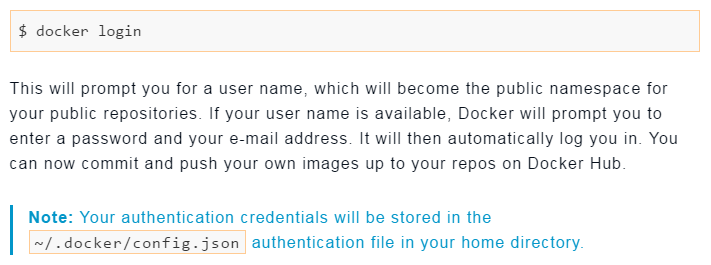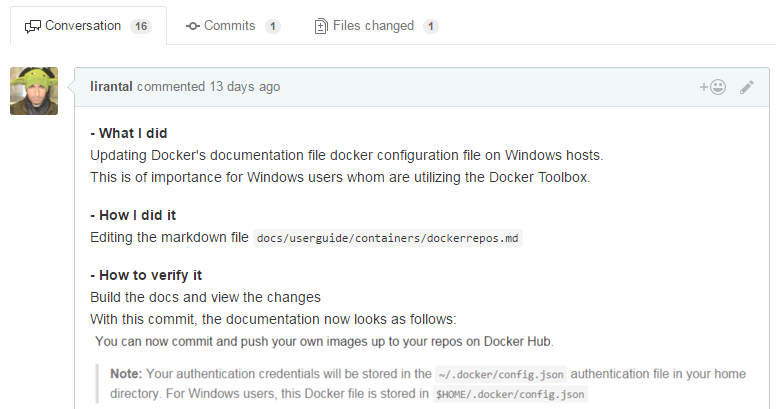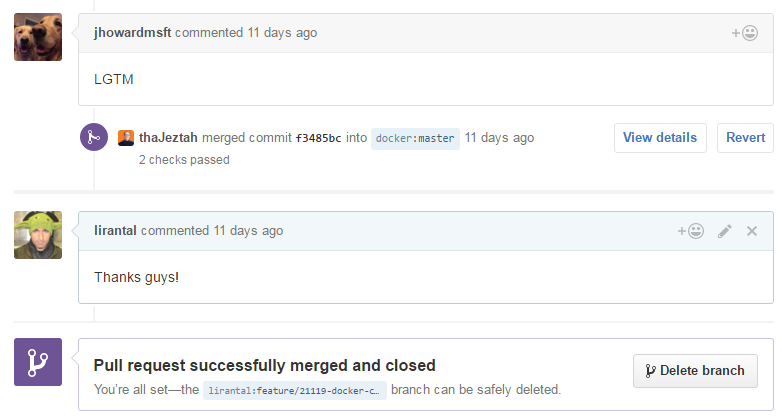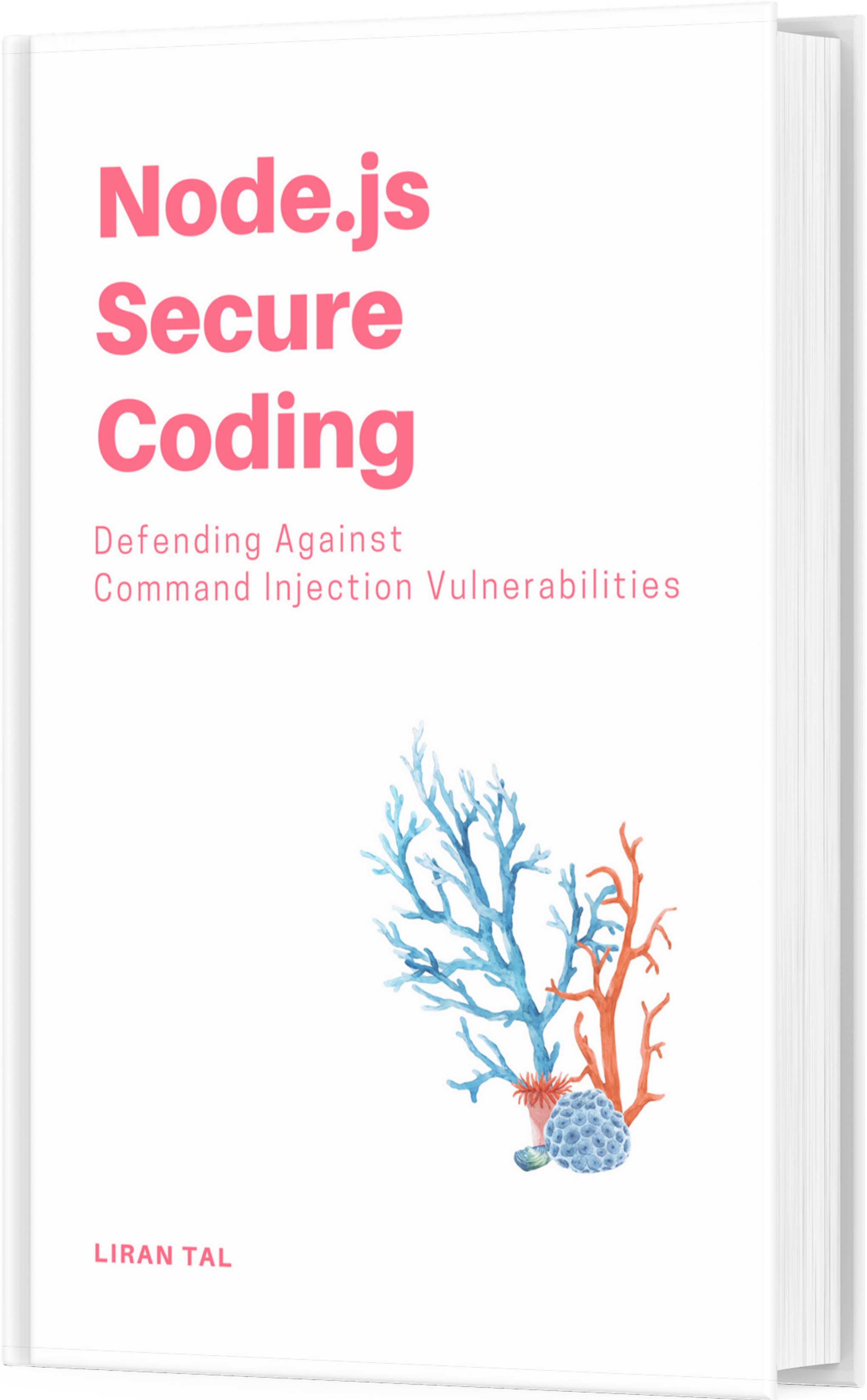~ 2 min read
I contributed to Docker’s official repository but why did I send them a picture of an Elephant?!

Without having any formal experience with Docker in the past I was able to help the Docker project and contribute to the official repository and help other users. How? Here is the story.
It all began when I decided I’m ditching my Linux VM to go for the now de-facto standard of virtualization which is Docker containers.
My work laptop has to run Windows for corporate stuff so it’s a given that open source software install isn’t going to be straight-forward since those naturally run on Linux or UNIX variants OS.
I was bound to find myself scanning through the Docker docs and so I did.
The Problem
While going through the instructions at https://docs.docker.com/engine/userguide/containers/dockerrepos/- I noticed that the highlighted Note section about the config.json file is only referring to Linux users. Where should I find it if I’m on Windows? I’ve no idea how/where Docker Toolbox installs things.
The relevant section looked like this:

After locating the file for Windows being in my user’s home directory at C:\users\lirantal\.docker\config.json I realized that other readers would probably have the same question as well.
Suggesting a Solution
Being an active open source user I figured the docs might be hosted on GitHub as most projects do, and if they are not I could just email the docker support team and suggest to fix this.
Luckily, the docker docs are indeed available online so it’s now a matter of getting acquainted with the Contribution Guideline and submitting a fix.
Contributing a Fix the Open Source fashion
A screenshot of my Pull-Request shows the requirements to answer a few questions:

And you can also notice that this PR had quite a few messages (at least 16) exchanged until we resolved it.
The Contribution Guideline also requested me to add a picture of a cute animal and I know that my son adores Elephants so yay!
I can definitely google a friendly elephant and add it:

From that point, we exchanged quite a few ideas on how to better style the docs and a few options were provided. Once everyone was satisfied with the texts suggested I got the desired LGTM (Looks Good To Me) and my contribution was approved to later be included in the updated Docker documentation.

